
Payroll Giving Letters: Templates to Grow Recurring Funds
In the nonprofit world, monthly recurring donors are gold. They…
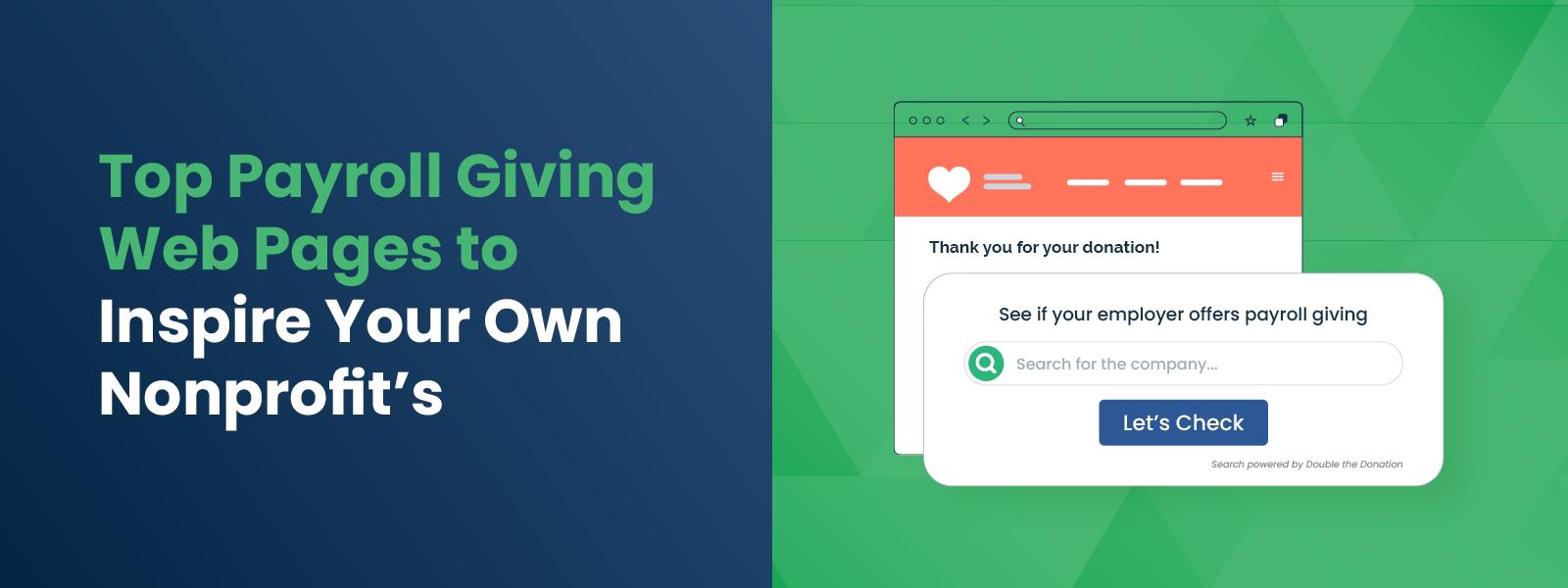
4 Payroll Giving Web Pages to Inspire Your Own Nonprofit’s
In the nonprofit sector, the "sustainers" program, or monthly…
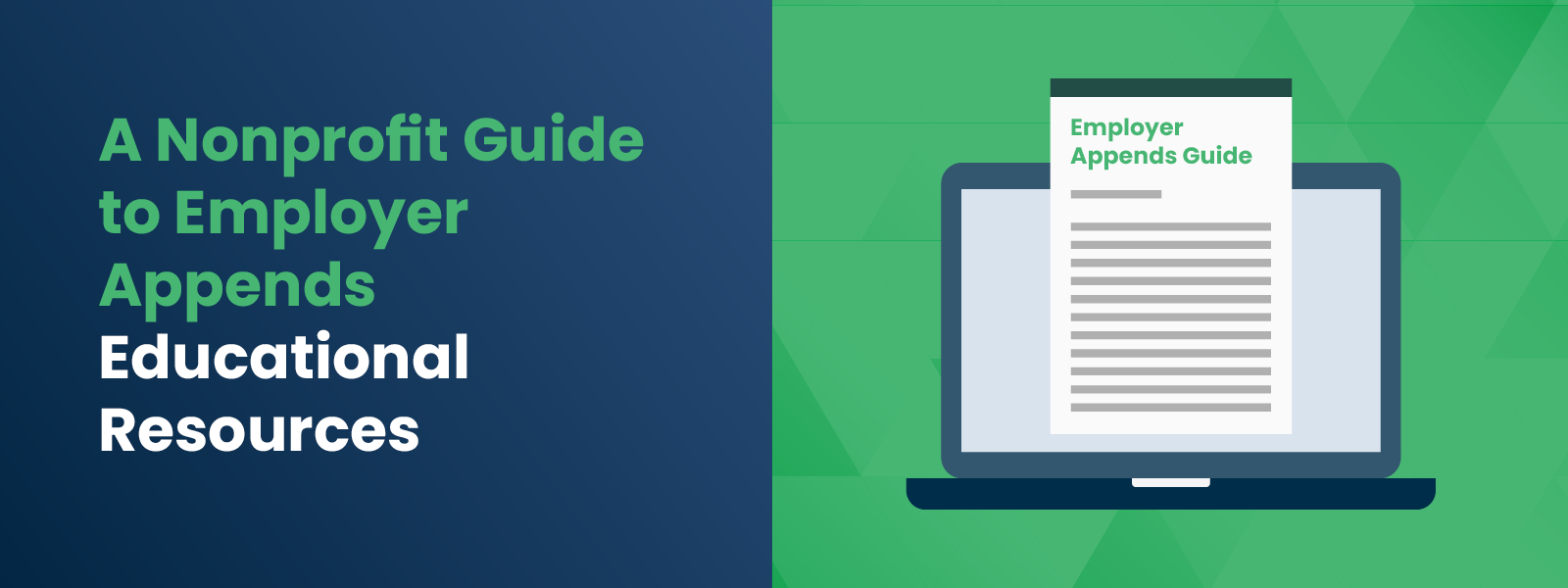
A Nonprofit Guide to Employer Appends Educational Resources
Data is the currency of the modern nonprofit sector, yet so many…
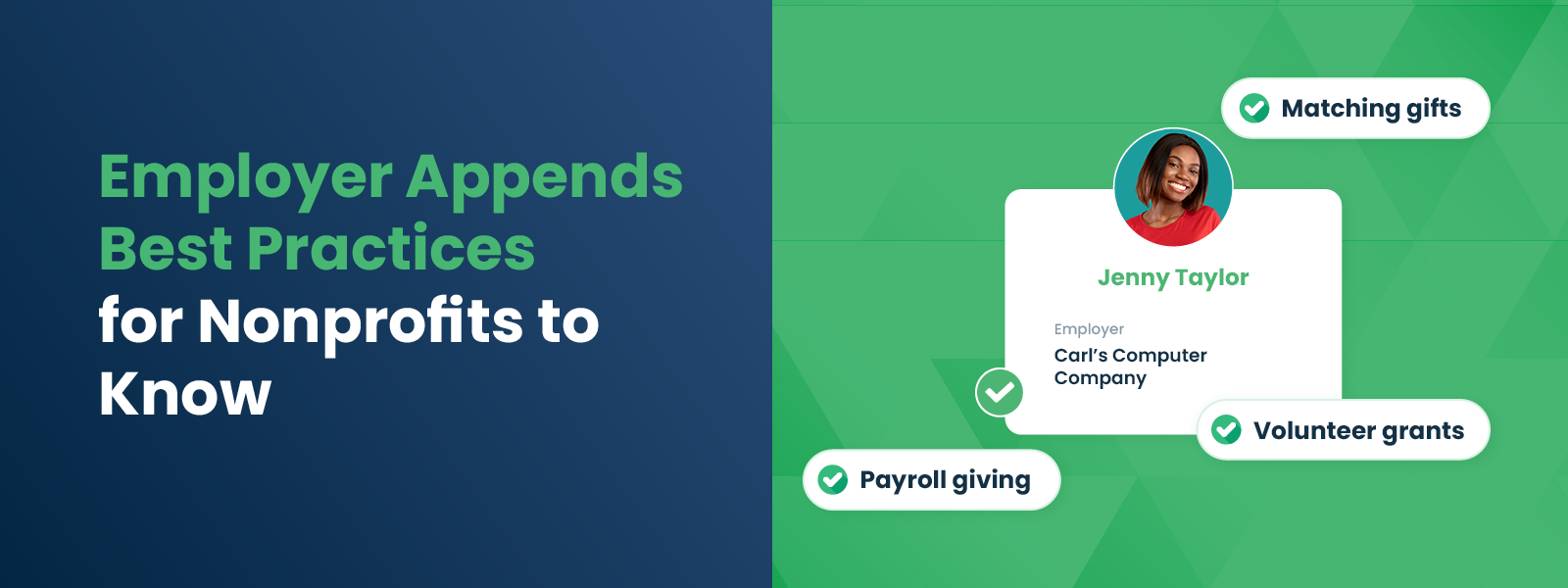
Employer Appends Best Practices for Nonprofits to Know
Data is the lifeblood of modern fundraising. It informs who you…
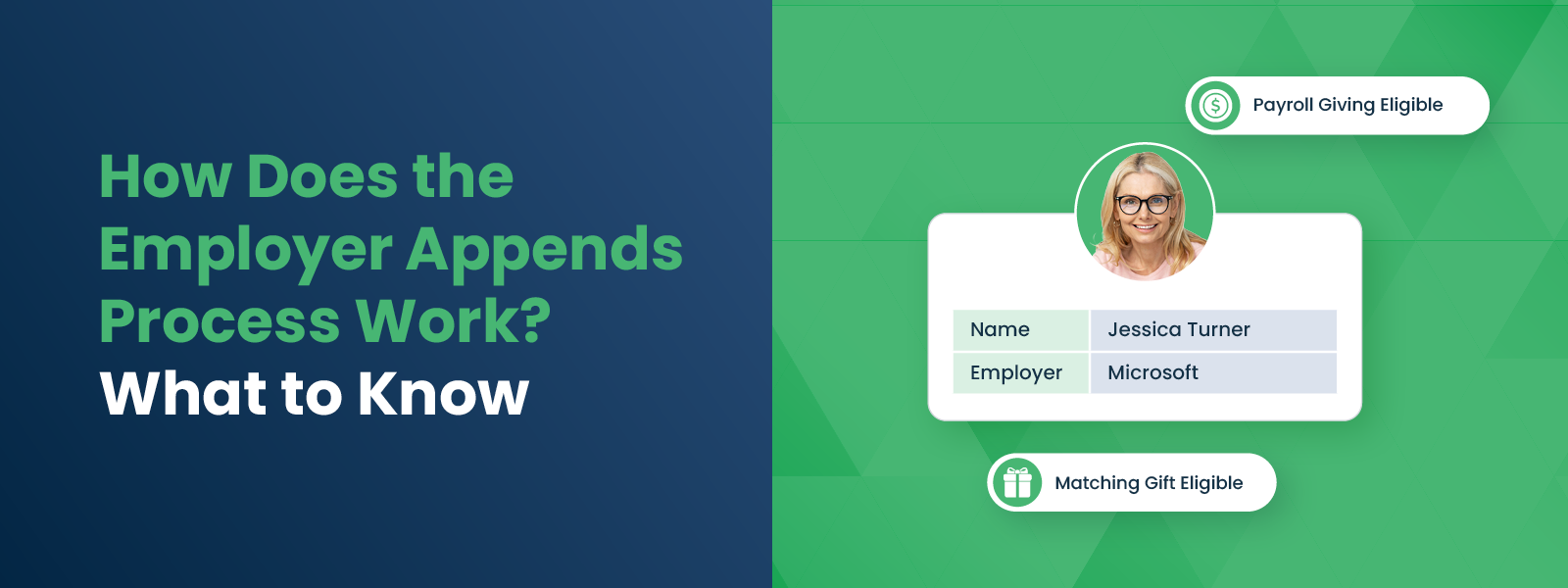
How Does the Employer Appends Process Work? What to Know
Data is the currency of modern fundraising, but for many nonprofits,…
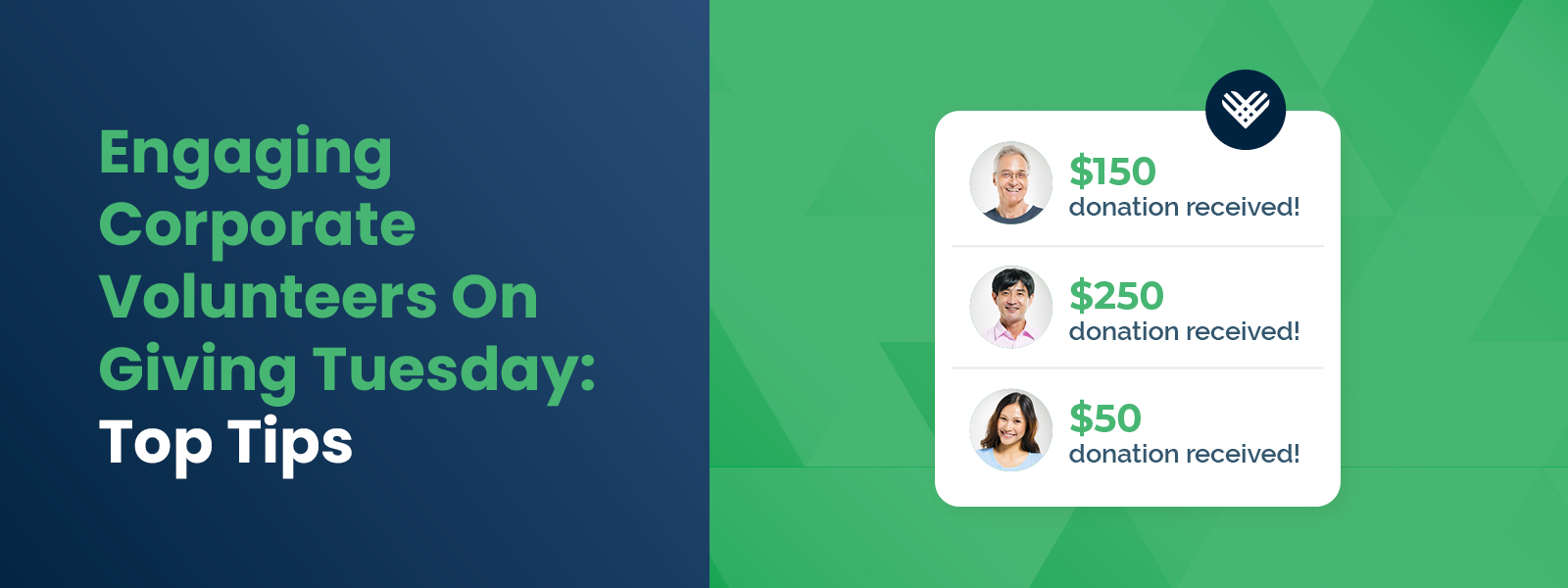
Engaging Corporate Volunteers On Giving Tuesday: Top Tips
Giving Tuesday has become a global phenomenon, synonymous with…
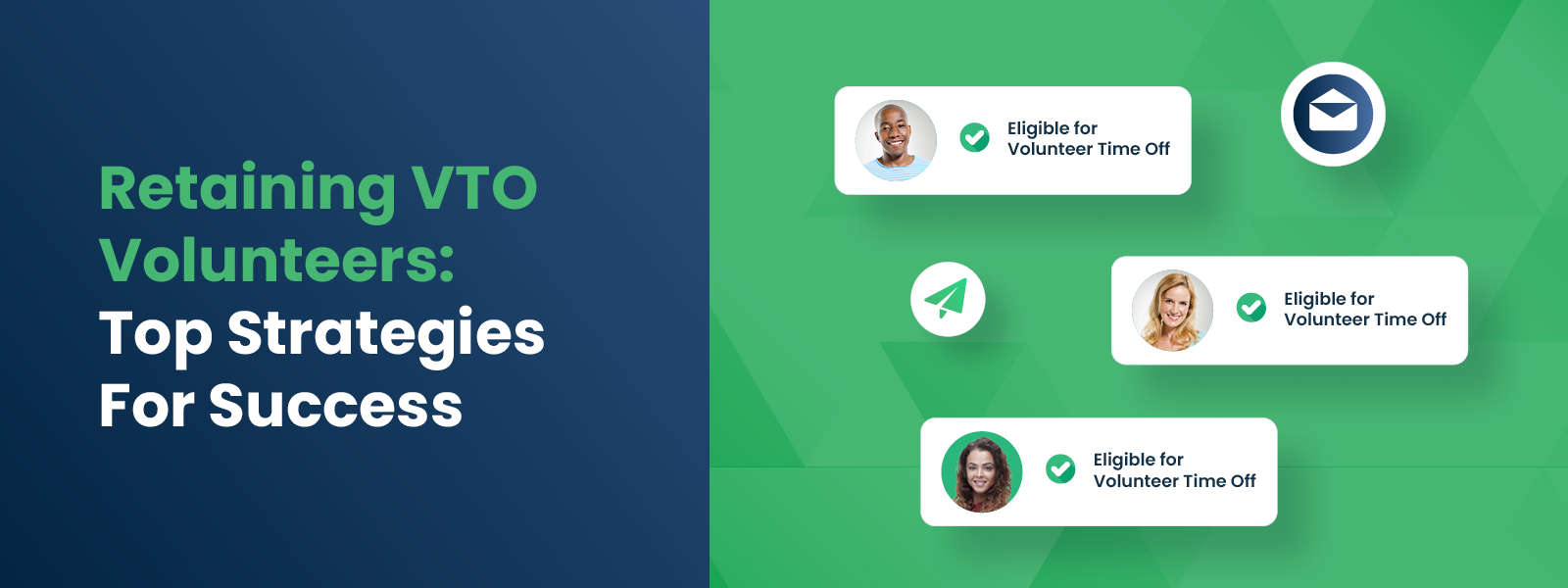
Retaining VTO Volunteers: Top Strategies For Ongoing Success
In the nonprofit sector, volunteer retention is often just as…

Helpful Volunteer Time Off Blurbs to Increase Participation
One of the most persistent challenges for volunteer coordinators…
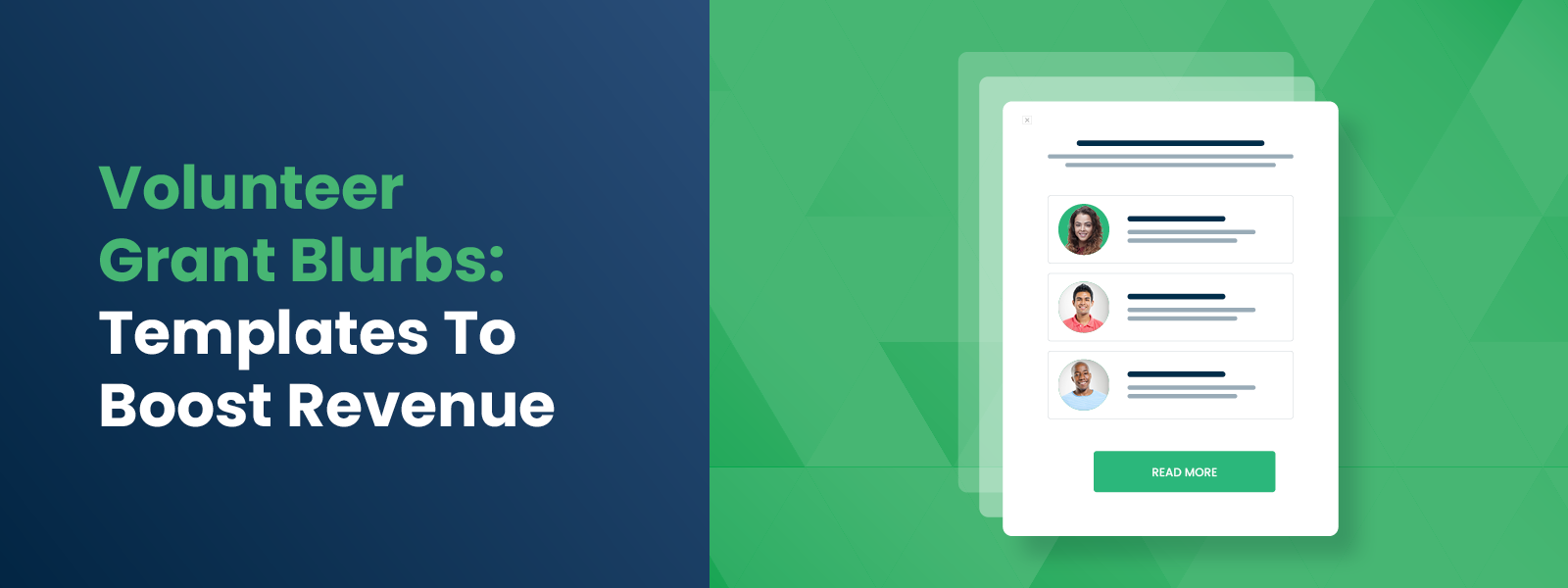
Volunteer Grant Blurbs: Quick Templates To Boost Revenue
For many nonprofits, volunteers are the lifeblood of the organization.…

Top Volunteer Time Off Best Practices: Tips & Tricks
In the dynamic landscape of nonprofit management, securing reliable…

